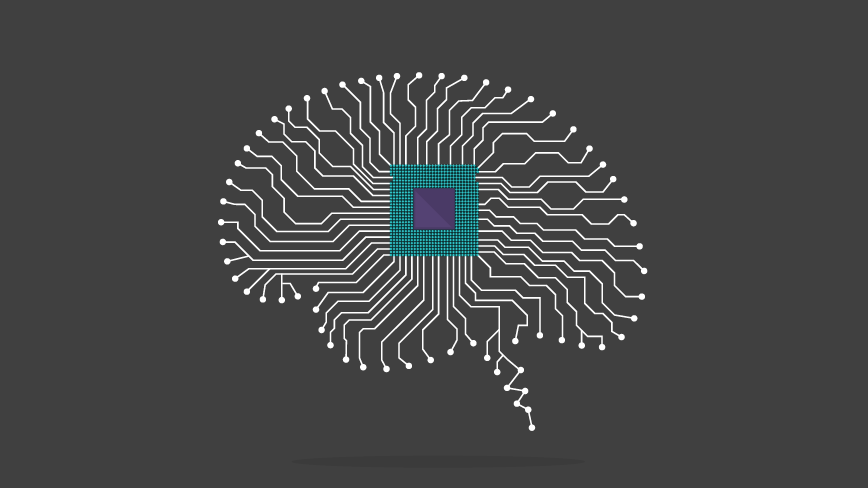Find out how artificial intelligence technologies like neural networks can be coupled with big data to produce extraordinary marketing feats.
Just like the rise of internet networking technologies and smaller, more-powerful processors led to the current device explosion, the advancement of technologies like machine learning and neural networks will no doubt co-evolve alongside big data into true artificial intelligence.
Exploiting these nascent AI technologies often means rethinking our current processes and technology to channel them towards their respective strengths. Here are just a few ways that our global pursuit of true AI has yielded interesting, albeit unconventional, technological results.
GPUs and FPGAs as the Workhorses of AI
Part of the limitations for current brushes with AI is grounded in the central processing units (CPUs) that drive data centers. Each chip can process high volumes of complex tasks, but they have diminishing returns in the form of higher and higher latency.
Not so with the cousin of the CPU — the GPU (or Graphics Processing Unit). Once purely the domain of high-powered video cards and rendering tools, GPUs’ rapid parsing power has begun to make for a perfect match when tackling high volumes of data crunching with low latency.
Visionary pioneers like NVIDIA CEO Jen-Hsun Huang have high hopes for the capabilities of GPUs, anticipating that they will be capable of driving a style of “neural network” data processing that mimics human thought pathways. He expects such “Deep Learning” systems to accelerate breakthroughs in developing technologies. “In the old approach, programs were written by domain experts, and it took time and refinement,” he explained to a crowd at the recent GPU Technology Conference. “In this new approach, you have a general algorithm called deep learning and what you need is massive amounts of data and huge amounts of high performance computing horsepower. It’s a fundamental different approach for developing software.”
On a similar vein, Intel is looking for a way to integrate GPU-like low-latency processing directly within its server-bound CPUs. Their recent acquisition of companies like field-programmable gate array (FPGA) manufacturer Altera allows for parallel processing in a technique dubbed “associative memory.” Intel New Technology Group Senior Vice President Josh Walden promises that such capabilities can eventually find their way into the hands of the common consumer, literally. “We see an opportunity to apply cognitive computing not only to high-powered servers crunching enterprise data, but also to new consumer devices that need to see, sense and interpret complex information in real time,” he told WIRED.
Seeing Everything at Once Through Machine Vision
The potential for the above technologies to effect important changes within marketing can be seen in Shutterstock’s recent venture. Their so-called “convolutional” neural network can quickly sift through the millions of images created online and identify ones with similar traits, looks and feels.
The same approach could eventually be used to meld creative decisions and AI learning that can help agencies rapidly target the appropriate creative assets to use given their campaign goals. As segmenting data becomes more refined thanks to more plentiful amounts of consumer research data, the ability to target the most impactful creative assets for a segment with laser precision can provide a powerful tool in marketers’ arsenals.

